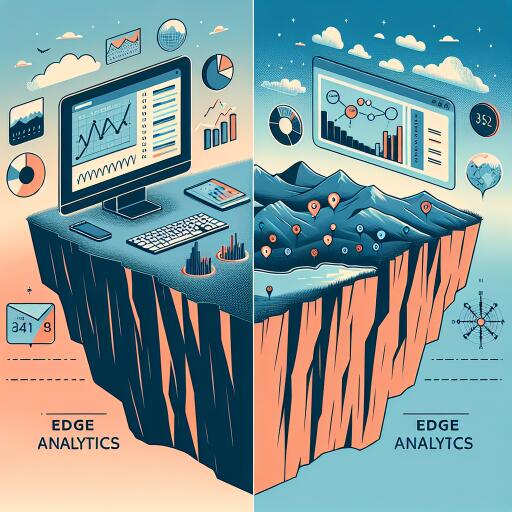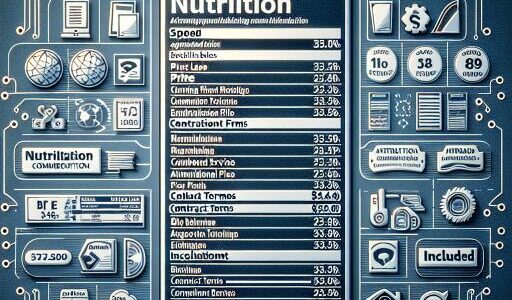Exploring the Power of Edge Analytics in Modern Computing
As we delve deeper into the era of digital transformation, a groundbreaking approach known as edge analytics emerges, fundamentally altering how data is processed and analyzed in the realm of connected devices. This innovative method involves immediate analytical computation directly on data at its source, such as sensors, network switches, or other devices, rather than transmitting the bulk of data to centralized storage for analysis.
The rise of the Internet of Things (IoT) has seen an exponential increase in connected devices across various sectors, ranging from manufacturing to industrial automation. These devices constantly generate vast amounts of operational data, presenting challenges in data management and potentially escalating costs. Edge analytics offers a strategic solution by applying analytics algorithms to data right where it is generated – at the very boundary, or “edge,” of the network. This process enables organizations to efficiently filter through data, identifying and transmitting only the most relevant information for further storage and analysis.
Moreover, edge analytics plays a crucial role in enhancing decision-making processes. By analyzing data in real-time at its origin, organizations can dramatically reduce latency leading to quicker responses to emerging situations. For instance, in a manufacturing scenario, if a sensor detects a potential failure in machinery, edge analytics can instantly interpret this data, enabling automated systems to halt operations and issue alerts for maintenance. This capability not only saves valuable time but also mitigates the risk of unplanned downtime, optimizing operational efficiency.
Real-time data analysis also supports immediate strategic decisions, such as dynamically reassigning tasks among machines in a factory based on the performance predictions made by IoT devices. This agile response to real-time data signifies a leap towards more proactive and predictive management models.
Another significant advantage of edge analytics is its scalability. As industries continue to expand their IoT infrastructure, introducing more devices into their networks, the demand on data processing and analytics systems intensifies. By decentralizing the analytics process, pushing it closer to the data source, edge analytics significantly alleviates the pressure on central data processing facilities. This not only makes it easier to manage an increasing volume of data but also enhances the overall performance and efficiency of data analytics operations.
In conclusion, edge analytics stands as a pivotal innovation in the digital age, offering a smart solution for handling the growing complexity and volume of data generated by IoT devices. By fostering more efficient data processing strategies and enabling faster decision-making, edge analytics paves the way for organizations to achieve greater operational efficiency and agility, readying them for the challenges of future technological advancements.









